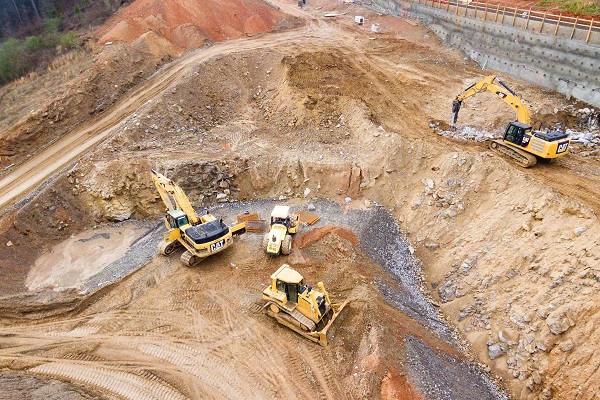Tradies’ rates of pay increases rapidly
HIA senior economist Nicholas Ward says that as a result of a persistent, severe shortage, the price of skilled tradespeople rose sharply by 10.4% over the year to the September Quarter 2022.
It comes from the recently-released HIA Trades Report which provides a quarterly review of the availability of skilled trades and any demand pressures on trades operating in the residential building industry.
ADVERTISEMENT
“While the severe shortages of skilled trades eased in the September Quarter 2022, the HIA Trades Availability Index remained close to its lowest level on record resulting in the recent rapid increase in rates of pay,” Nicholas says.
“The HIA Trades Availability Index was -0.86 in the September quarter. This is a marginal improvement in the availability of trades compared with the -0.92 reported in the June Quarter, which was the lowest level on record. Any number below zero indicates a skills shortage, and these stark results reflect the severity of the current shortage and the corresponding increase in building costs.”
He explains that since the September Quarter 2021, the index has recorded trades shortages that are worse than all prior readings of the index.
As at the June Quarter 2022, there were over 104,000 houses under construction across Australia, a record high and 81.2% higher than pre-pandemic levels. Renovations activity has also shot to record levels.
“This elevated demand for home building has exacerbated the pre-existing shortage of skilled trades. The rise in the cash rate will slow building activity, but this is not expected to adversely affect demand for building trades on the ground until 2024,” Nicholas says.
“The shortage is evident across all regions and all trades. The trades in most acute shortage are Bricklaying, with an index of -1.49, and Carpentry (-1.21).
“There are two bits of good news. Firstly, the number of apprentices in trade occupations was 27% higher in the March Quarter 2022 than the March Quarter 2019, driven by government subsidies and high demand. As these young workers develop proficiency, they will help the industry work through the large pipeline of work that has built up.”
-
ADVERTISEMENT
-
ADVERTISEMENT


